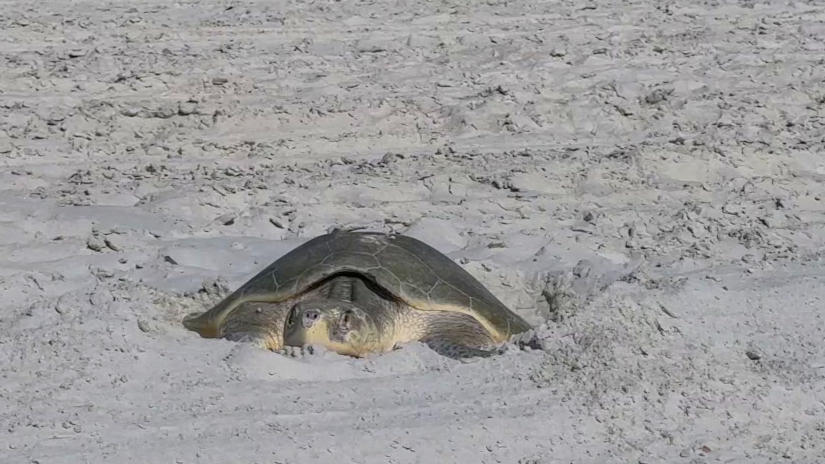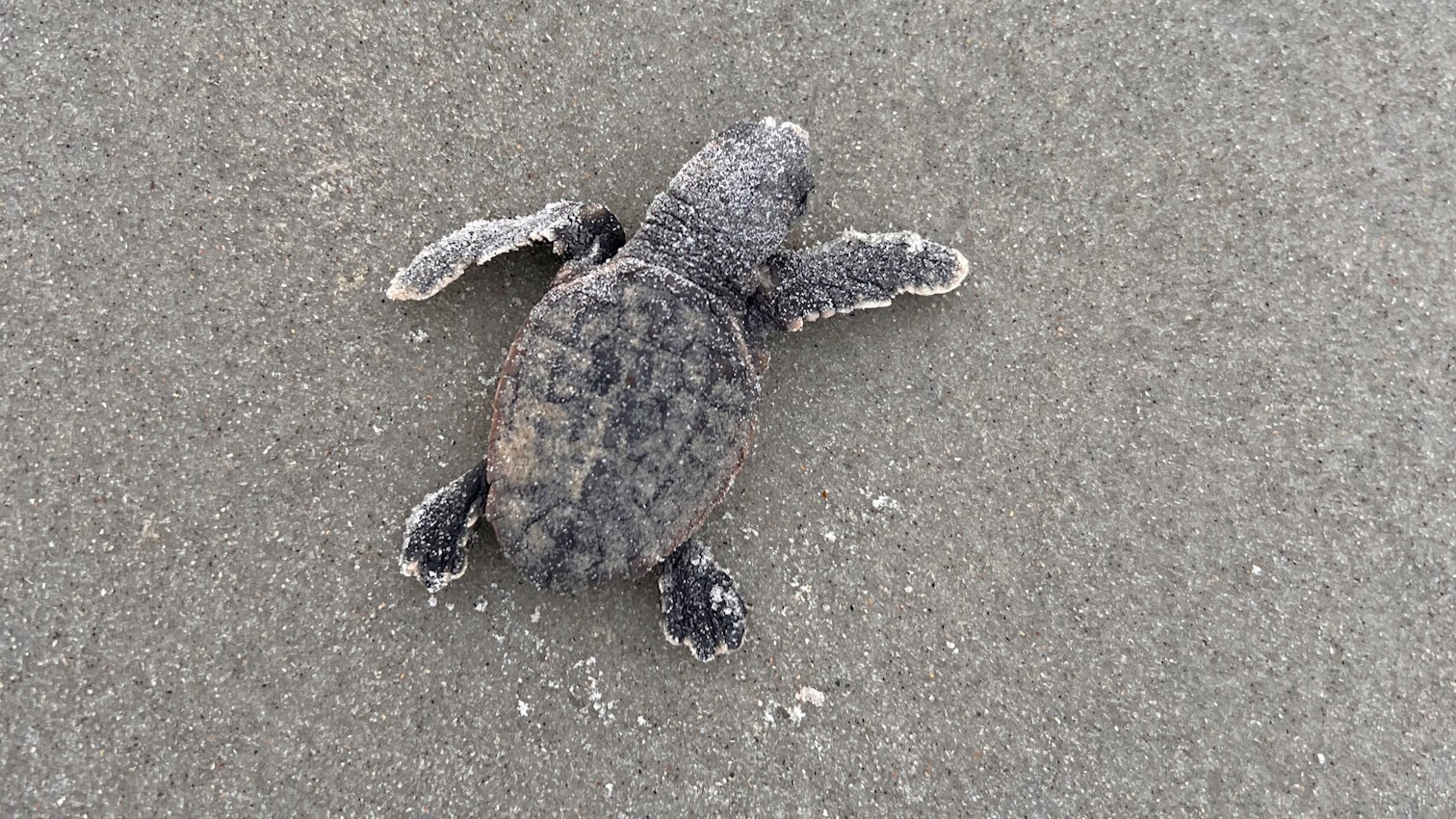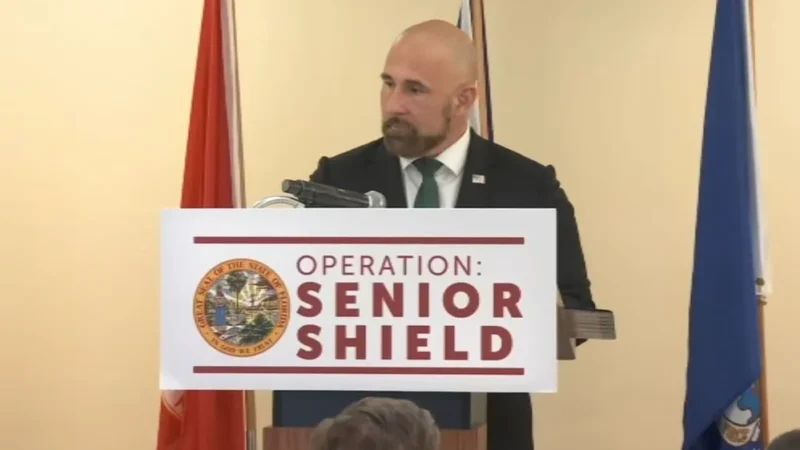Sea turtle nests soon will return to the sand on the First Coast.
The females will bury their eggs in the sand, and then the nests will bake in the Florida sun until the inches-long hatchlings dig out and rush into the waves.
Coastal officials in Duval, Nassau and St. Johns counties are asking your help to protect the turtles and their habitat during nesting season from May 1 to Oct. 31.
Anyone on the sand should keep it “clean, dark and flat,” said Beaches Sea Turtle Patrol field supervisor Kevin Brown.
“That means pick up your trash. Take what we call beach armor, classified as a tent, a chair or anything that would obstruct the nesting female,” Brown said.
“Obviously, dark is lights out. We need lights out — the lights are very disruptive for them.
“And flat — our big problem is not so much sand castles, but it’s holes. For some reason, people love digging holes, and they leave them and the nesting female can get caught in the hole and the emerging hatchlings can get caught.”
First Coast turtles
Northeast Florida beaches are home to several species of the endangered or threatened animals, including loggerhead, leatherback and green sea turtles.
Adult females lay 80 to 120 eggs in three to seven nests each season. Leatherbacks, so named for the ridged appearance of their tapered shells, can weigh as much as 1,100 pounds and grow up to 6 feet long.
Along Duval County’s beaches, between 80 and 100 nests are laid each year, Brown said.
Beach patrols are volunteers who identify the three species of sea turtles as they lay their eggs, then mark the nests and monitor them until the hatchlings emerge. The volunteers also fence in vulnerable nests and mark them with warning signs.

“Once it emerges and those little guys all get in the water, we then come back after a three-day period and we evaluate the nest,” Brown said. “That means we count the eggs hatched; we count the deceased; and we make a report with the Florida Fish and Wildlife Conservation Commission. That’s where FWC and the rest of the state get their data.”
Some sea turtles are already laying eggs. A leatherback sea turtle made a nest April 7 at Mickler’s Landing.
People who frequent the beaches or live on them in Duval, Nassau and St. Johns counties should avoid the turtles when they lumber ashore. Do not shine lights directly on a sea turtle that is laying eggs or do flash photography, since it could scare her away.
All beachfront properties are required to eliminate interior and exterior lights during nesting season, to reduce their effect on the sea turtles coming ashore to lay the eggs, as well as the hatchlings headed to the ocean.
“It causes an anxiety in them,” Brown said. “And especially with hatchlings — they will go over a dune and into a pool with the lights going. They will go to 1st Street — we have found them there. The lights are very disorienting.”
St. Johns County will close vehicular beach access gates at 7:30 p.m. each day and reopen them at 8 a.m. the next day from May 1 to Oct. 31.

County officials say that concerted recent efforts have helped nesting sea turtles. Critically endangered Kemp’s ridley sea turtles built multiple nests during the 2024 nesting season.
Another of those efforts is St. Johns County’s 22nd annual Turtletown USA Beach Cleanup from 9 to 11 a.m. May 10, to remove litter and debris from beaches during nesting season. Volunteers can help clean up eight beach sites. Supplies will be provided, and no signup is needed.
Where to call
If you spot an injured or dead sea turtle, contact these local authorities.
- Jacksonville, Neptune, Atlantic or Ponte Vedra beaches: Contact the Beaches Sea Turtle Patrol at (904) 613-6081 or info@bstp.ne.
- Nassau County: Contact the Amelia Island Sea Turtle Watch at (904) 583-1913 or ameliaislandseaturtlewatch@gmail.com.
- St. Johns County: Call the county Sheriff’s Office non-emergency number at (904) 824-8304.







